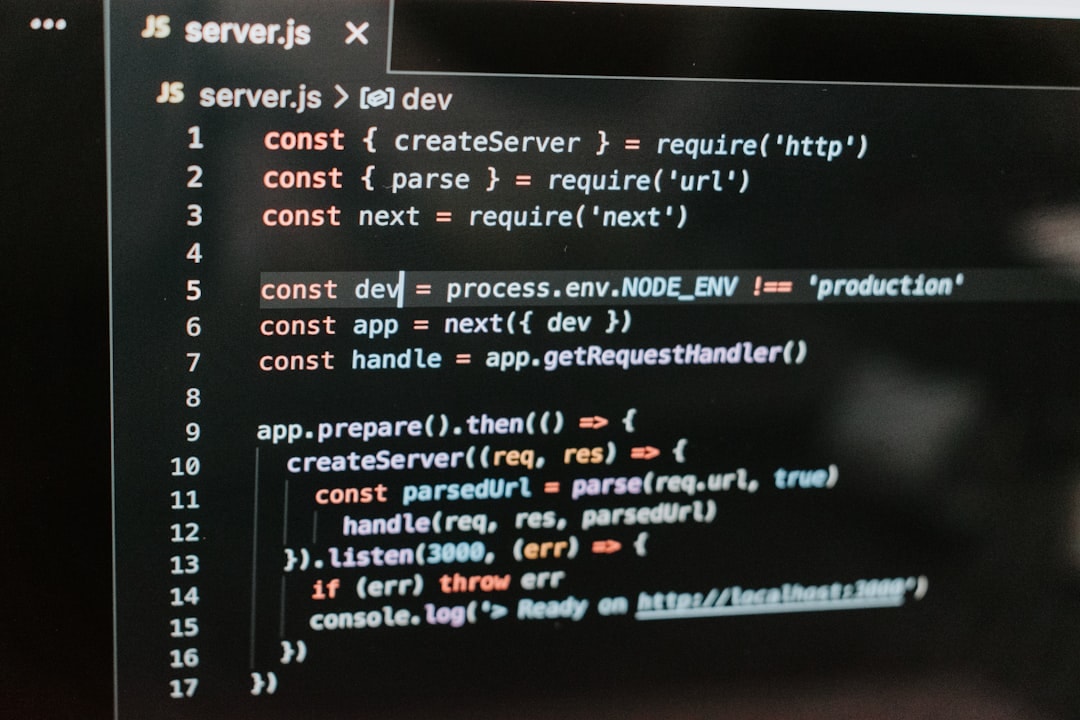Web servers like NGINX and Apache are cornerstones of the modern internet, managing everything from static content delivery to backend application routing. However, on occasion, administrators and users alike may encounter the dreaded HTTP 400 status code, often accompanied by the message: “Request Header or Cookie Too Large.” This issue can disrupt access to websites, impact customer experience, and create security concerns if sensitive headers are being malformed. Understanding what causes this error and knowing how to fix it is essential for any system administrator or DevOps engineer.
What Triggers This Error?
The “Request Header or Cookie Too Large” error generally occurs when the request sent by a client (typically a browser) includes headers or cookies that exceed the size limits set on the web server. Here are some common culprits:
- Oversized Cookies: Frequently caused by excessive data being stored in cookies, including large session identifiers or tracking information.
- Overloaded HTTP Headers: Custom headers packed with too much data can breach server limits.
- Numerous Cookies per Domain: Some applications may set multiple cookies, increasing the aggregated size.
In both NGINX and Apache, there are configuration directives that limit the maximum size of headers and cookies accepted per request. When the limits are exceeded, the server responds with a HTTP 400 error and terminates the request.
Identifying the Root Cause
If you receive this error, the first step should be inspection. Use developer tools within browsers like Chrome or Firefox to view the cookie payload or examine the request headers. Here’s how:
- Open Developer Tools (F12 or right-click + Inspect).
- Navigate to the Network tab.
- Reload the page and inspect the first request (often highlighted as the document request).
- Examine the request headers and look at the Cookie header size.
If the Cookie or Authorization headers look unusually large, you’ve found your starting point.

Fixing the Error in NGINX
NGINX allows administrators to configure specific directives that control how much data is permitted in headers and cookies. If you’re seeing this error frequently, try adjusting the following parameters in the nginx.conf or the relevant virtual host file.
1. large_client_header_buffers
This directive defines the maximum number and size of buffers used for reading large headers from a client request:
server {
large_client_header_buffers 4 16k;
}This sets 4 buffers of 16 kilobytes each, meaning up to 64 KB of header data is accepted before the server throws a 400 error.
2. proxy_buffer_size (Optional)
If you’re using NGINX as a reverse proxy, you may also need to tune the proxy_buffer_size directive:
location / {
proxy_buffer_size 128k;
proxy_buffers 4 256k;
proxy_busy_buffers_size 256k;
proxy_pass http://backend;
}This ensures that larger headers from upstream servers are also accommodated without error.
Fixing the Error in Apache
Apache has a slightly different configuration approach but offers comparable control. It uses directives such as LimitRequestFieldSize and LimitRequestFields to handle incoming request limits.
1. Increase LimitRequestFieldSize
This directive sets the limit on the size of any single HTTP request header line. The default is usually 8,192 bytes (8 KB).
<Directory /var/www/html>
LimitRequestFieldSize 16384
</Directory>Here, we increase the maximum header size to 16 KB. This is often enough to resolve errors caused by oversized cookies or headers.
2. Increase LimitRequestFields
To account for requests with multiple headers or cookies:
<Directory /var/www/html>
LimitRequestFields 100
</Directory>This raises the number of allowable header fields to 100, helpful in environments with numerous small headers.

Restart the Server
After making changes to either NGINX or Apache configuration files, remember to restart the server:
- NGINX: Run
sudo systemctl restart nginx - Apache: Run
sudo systemctl restart apache2
Without restarting, your new settings will not take effect, and the error may persist.
Client-Side Mitigations
While server-side configuration is vital, addressing underlying reasons on the client-side can also eliminate the problem. Here are a few measures developers and site owners should consider:
- Reduce Cookie Size: Store only essential information in cookies. Avoid placing large datasets like user preferences or analytics data in them.
- Implement Server-Side Sessions: Instead of putting session data in cookies, use server-side session handling with token-based identifiers.
- Use LocalStorage: For data that doesn’t need to be transferred on every request, LocalStorage is often a better alternative.
Web application frameworks often come with built-in defaults that define large cookie values, especially in Single Page Applications (SPAs). Refine cookie usage to reflect actual needs rather than convenience.
Security Implications
Overuse of headers and cookies doesn’t just result in functional errors — it can also open the door to security vulnerabilities such as:
- Denial of Service (DoS) attacks via headers crafted to exhaust server memory.
- Session hijacking due to exposed identifiers within large cookies.
- Buffer overflows on misconfigured or unpatched web servers.
By placing appropriate limits and cleaning up malformed headers, you can protect your infrastructure from both instability and exploitation.
Best Practices
To maintain a stable and secure application environment, follow these best practices:
- Periodically Audit Header and Cookie Sizes: Use internal tools or browser diagnostics to review and minimize cookie sizes.
- Align Frontend and Backend Logic: Ensure both components know the server’s header and cookie limitations.
- Centralize Session Management: Limit reliance on large cookies by using centralized and scalable session storage.
- Document Configuration Changes: Track all header-related server settings to facilitate future troubleshooting and scaling.
Additionally, it’s advisable to monitor your logs for repeating 400 errors. These can indicate misbehaving clients or configuration mismatches in the stack.
Conclusion
The “Request Header or Cookie Too Large” error can be a showstopper in production environments, but with proper analysis and configuration adjustments, it can be resolved effectively. Whether you’re using NGINX or Apache, tuning your server to accept realistic header sizes while keeping your application lean and secure will provide the best user experience. Always balance performance with safety by implementing both server-level and application-layer best practices.
By staying proactive and regularly auditing how client data is handled, you can eliminate these errors before they reach end users — keeping your services robust, responsive, and trustworthy.

